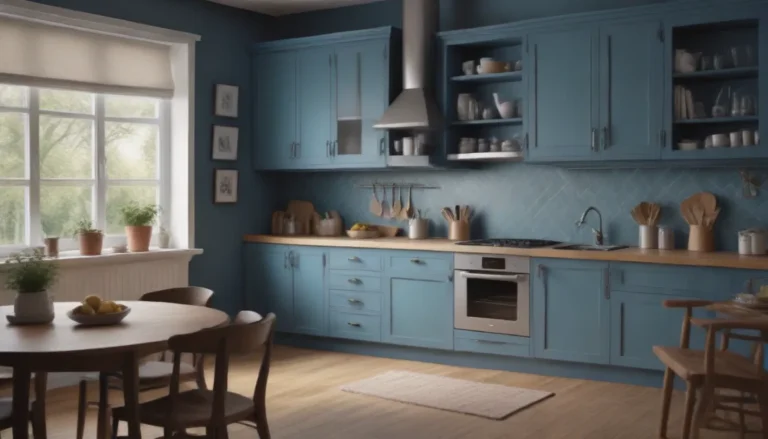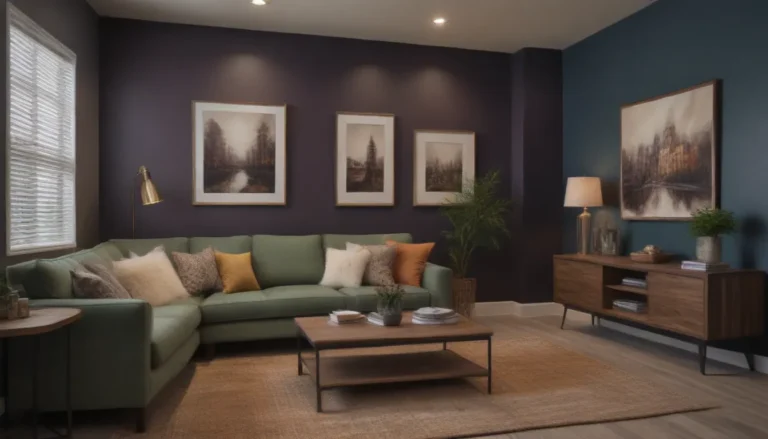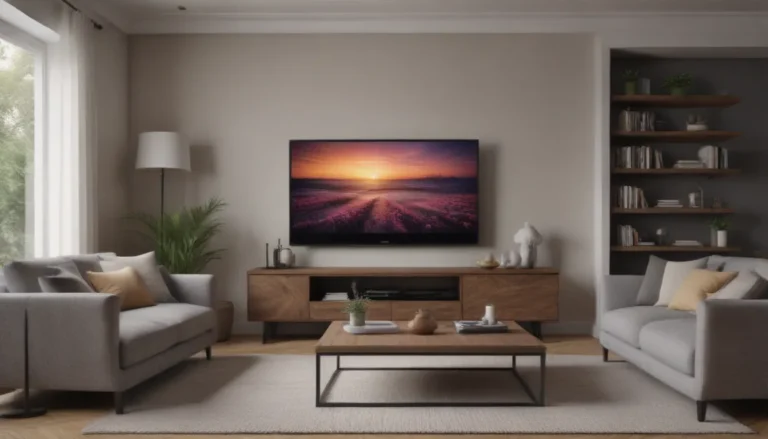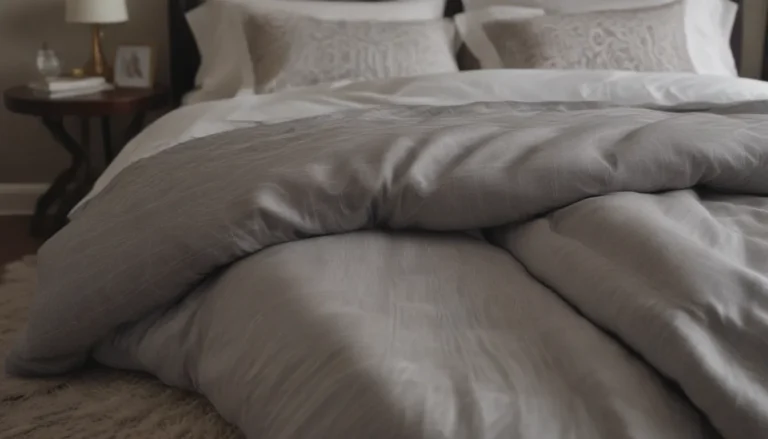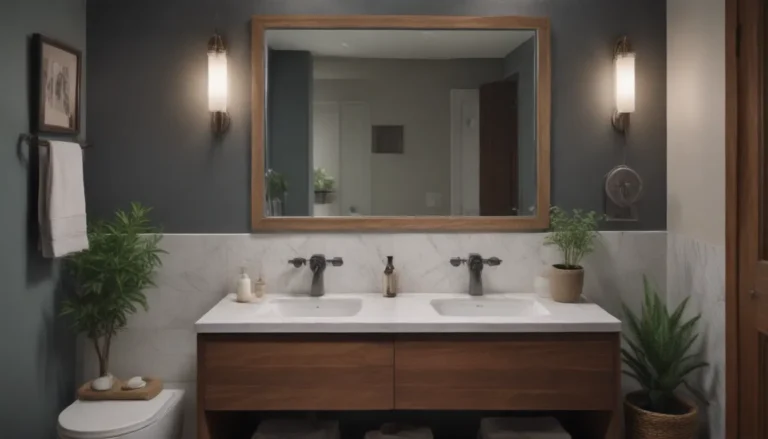Balcony vs. Terrace: Understanding the Differences and Maximizing Your Outdoor Living Space
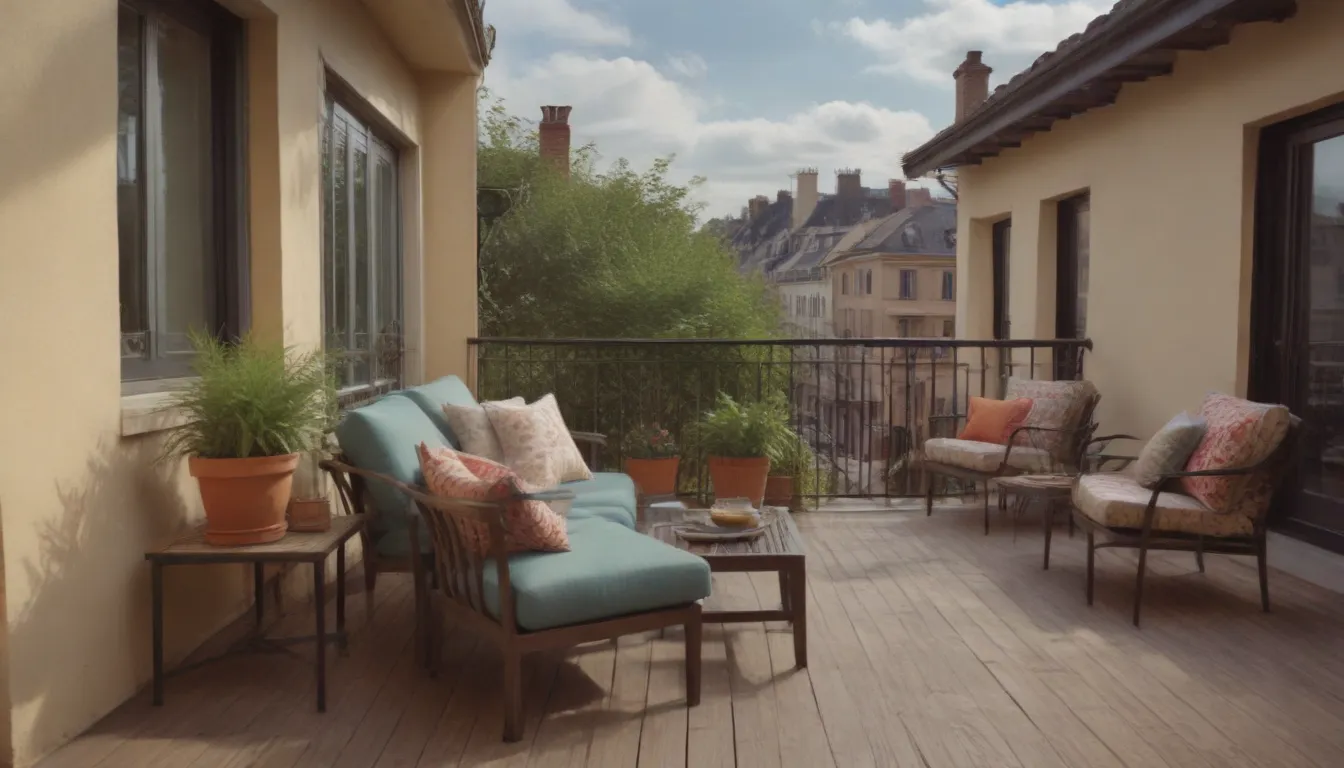
Are you curious about the differences between a balcony and a terrace? Both are fantastic ways to expand your living space and connect with the outdoors, but they each have their unique characteristics and purposes. In this comprehensive guide, we’ll dive into the key characteristics of balconies and terraces, explore their origins, and discuss how you can make the most of these outdoor spaces in your own home.
Key Characteristics
Balcony
- Located next to or on top of a building
- Open, not enclosed
- Large in size
- Entrance is not through an indoor room
- Often a public space, especially if located at the top of a building
Terrace
- Attached to the side of a building
- Enclosed by a low railing or wall
- Usually small and narrow in size
- Entrance is through an indoor room
- A private space
Terrace vs. Balcony: How to Tell the Difference
Terraces are outdoor spaces designed for the side of a home or roof of a building, offering a larger area compared to balconies, which are elevated platforms that extend from a room. While both are exterior structures, terraces typically provide more space for activities such as gardening, entertaining, or relaxation. Most hotels opt for balconies as they offer guests an extra way to enjoy the view. However, furniture designed for terraces and balconies can be used interchangeably, provided that they fit the dimensions of the space.
What Is a Terrace?
A terrace is a paved or tiled outdoor area located next to or on top of a building. When not located on a rooftop, it is slightly raised and offers a flat, open space for various activities. The word “terrace” originated from 16th-century Old French and Latin, where “terra” means earth.
Location
Terraces are outdoor areas next to or sometimes on top of a building. They are not necessarily attached to a building and can be free-standing. Unlike a balcony, a terrace does not need to be entered through a room inside the house.
Size
Terraces are significantly larger than balconies and can span almost the entire surface of a rooftop. They provide ample outdoor living space and can be used for gardening, entertaining, or simply relaxing. Terraces located next to a house also offer generous outdoor living spaces, perfect for hosting guests or enjoying the outdoors.
Construction
Terraces are often free-standing structures, constructed from the ground up and finished with a paved, tiled, or wood-planked surface. It is important to choose moisture-resistant materials for outdoor terraces to ensure durability and longevity. Popular terrace design ideas include incorporating seating areas, shaded spots, plant arrangements, outdoor decor, and lighting options for enjoyable outdoor living.
What Is a Balcony?
A balcony is a raised outdoor platform attached to the side of a building and enclosed by a low railing or wall. It is accessed from an upper floor and serves as an extension of indoor living space. The term “balcony” comes from the Old Italian word “balcone,” dating back to the 17th century.
Location
Balconies are elevated outdoor platforms attached to buildings, providing a space for residents to enjoy the outdoors. They are usually accessed through an upper floor and have limited access points.
Size
Balconies are generally smaller and narrower than terraces, with varying sizes depending on whether they are attached to an apartment building or a house. They are typically at least four feet deep, providing enough space for small outdoor furniture, gardening, or exercise.
Construction
Balconies are supported by joists attached to the building’s beams, providing structural support and stability. The construction of balconies involves securing the structure to the building and ensuring it can withstand the weight of furniture and occupants.
Maximizing Your Outdoor Living Space
Now that you understand the differences between balconies and terraces, it’s time to make the most of your outdoor space. Here are some tips for maximizing your balcony or terrace:
Balcony Ideas
- Create a cozy seating area with a small outdoor bistro set
- Add plants, herbs, or tomatoes for a mini garden
- Incorporate outdoor lighting for ambiance
- Use the space for exercise or yoga sessions
Terrace Ideas
- Design a garden oasis with plant arrangements and outdoor decor
- Install shaded areas for relaxation and comfort
- Set up outdoor seating for entertaining guests
- Utilize lighting options for evening gatherings
By implementing these ideas, you can transform your balcony or terrace into a functional and inviting outdoor space that enhances your living experience.
In conclusion, while balconies and terraces share some similarities, they each offer unique opportunities for outdoor living. Whether you have a small balcony or a spacious terrace, there are endless possibilities to create a welcoming and enjoyable outdoor space. With the right furniture, accessories, and design elements, you can make the most of your balcony or terrace and enjoy the benefits of connecting with the outdoors right at home.
